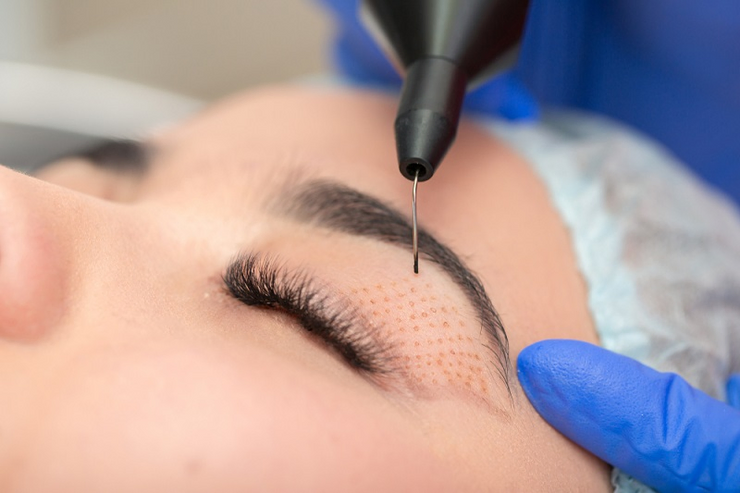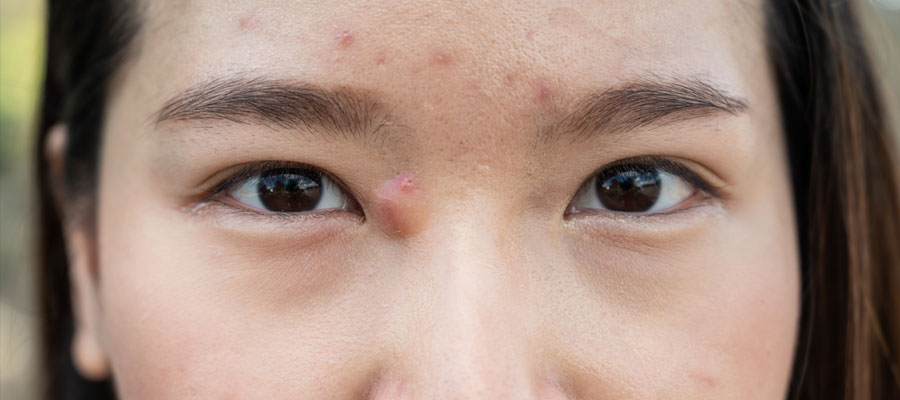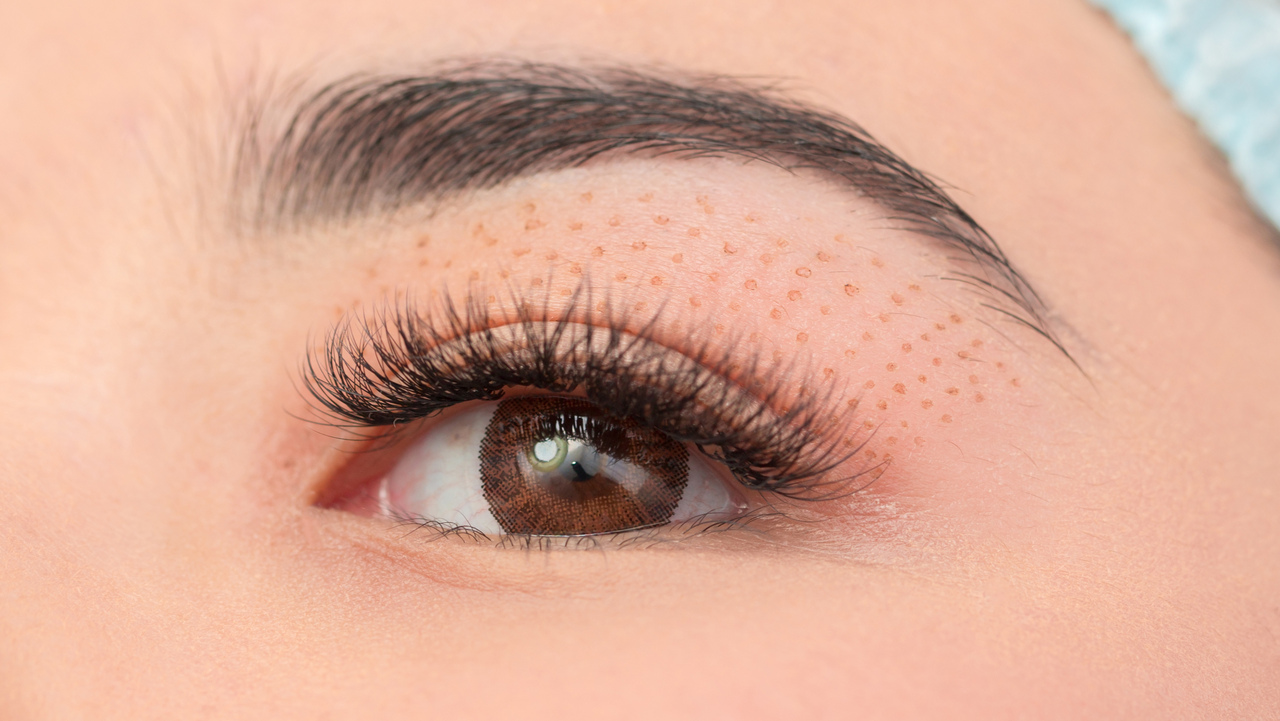Do ophthalmologists perform plastic surgery?
When one hears ‘plastic surgery, they are usually reminded of cheeks, nose, facelift, etc. But did you know that even eyes have plastic surgery? It may sound surprising! Ophthalmic plastic surgery, technically known as oculoplastic surgery, is not just for cosmetic purposes. It also improves a person’s quality of life. It helps restore the functions of various parts in and around the eye. It supports reconstructive surgery to help deal with trauma and other underlying health conditions like cancer, thyroid disease, etc. In ophthalmic plastic surgery, areas like eyebrows, eyelids, eye sockets, orbits, and tear ducts are treated.
What is ophthalmic plastic surgery?
Ophthalmic Plastic or Oculoplastic Surgery is the plastic and reconstructive surgery of eyelids, eyebrows, eye socket/orbit, and tear duct/lacrimal system. Oculoplastic surgery is a specialized field that combines plastic surgery and ophthalmology. Oculoplastic surgeons also provide face rejuvenation treatments, like cosmetic injectables and fillers.
What conditions are treated with ophthalmic plastic surgery?
The most common conditions that can be corrected by ophthalmic plastic surgery are: droopy eyelids, ptosis, eyelid bags, eyelid puffiness, dark circles under the eyes, blocked tear ducts, entropion, ectropion, eyelid skin cancer, abnormal blinking, blepharospasm, and many other related conditions. Oculoplastic surgeons also provide cosmetic injectables injections, filler treatments, skin treatments, and laser resurfacing.
Blepharoplasty - Removal of Excess Skin and Fat around the eye
Blepharoplasty is an ophthalmic plastic surgery, which removes excess fat and skin above or below the eyes. This procedure is essential medically because excess skin and fat around the eye can affect peripheral vision. This makes performing simple, everyday tasks like reading and driving difficult. Hence, this procedure improves both vision and facial appearance.
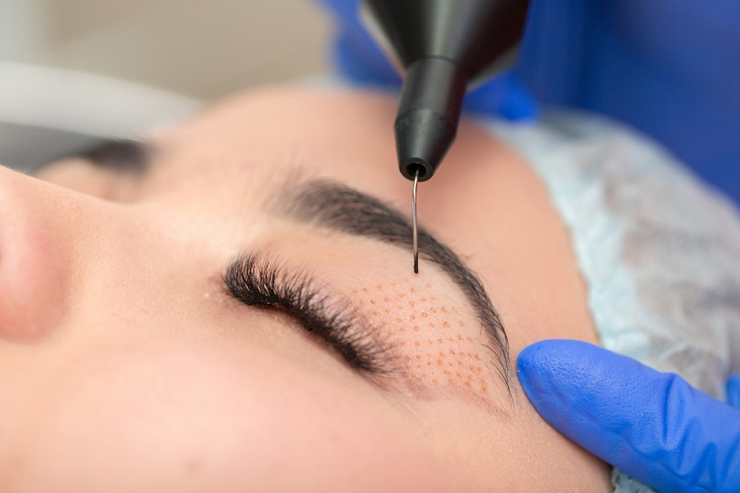
Ptosis - Droopy Eyelids
Ptosis is known as droopy eyelids caused by weak eyelid muscles. Though commonly found in the elderly due to ageing, some children are born with a condition and can interfere with their vision. Poor vision in children is a lifelong hindrance. Hence, it is treated with ophthalmic plastic surgery on an outpatient basis.
Ophthalmic Plastics Post Eye Cancer
After removing a tumour or experiencing a severe injury to the eye, the tissue surrounding the eye needs reconstructive surgery. The purpose of reconstructive surgery is to regain specific functions. Additionally, plastic surgery renews a trauma or cancer patient’s self-esteem by improving the appearance of their eye.
Revision Surgery for Complications from Previous Procedures
Due to overcorrecting done during surgery, the patient may experience difficulty closing their eyes. Then a revision surgery is done, which is more complicated than the original problem. This requires very high skills since the function and appearance needs to be preserved.
Ophthalmic Plastic Surgery for Enucleation or Evisceration
At times, the ophthalmologists remove a person’s eye completely. In such cases, a prosthetic eye is used. While no amount of aesthetic improvement compensates for losing an eye, this prosthetic allows people who undergo enucleation or evisceration some degree of normalcy. This surgery is supervised by both an ophthalmologist and an ophthalmic plastic surgeon.
Facial Spasms
A facial spasm is when the facial muscles behave abnormally and are no longer controlled by the brain. It affects not only the whole face but also the area around the eyes. Though the actual reason is unknown, the facial muscles can be controlled by Botulinum toxin injections as a 10-minute outpatient procedure.
Malpositioning of Eyelids
Eyelid malpositions are abnormal positions of the eyelid. Here the eyelids can be inturned or out-turned. Causes of this condition are congenital disabilities, injury and ageing. Eyelid malposition is a common condition. It leads to watering, light sensitivity, and even a cosmetic blemish. Eyelid plastic surgery can correct these malpositions.
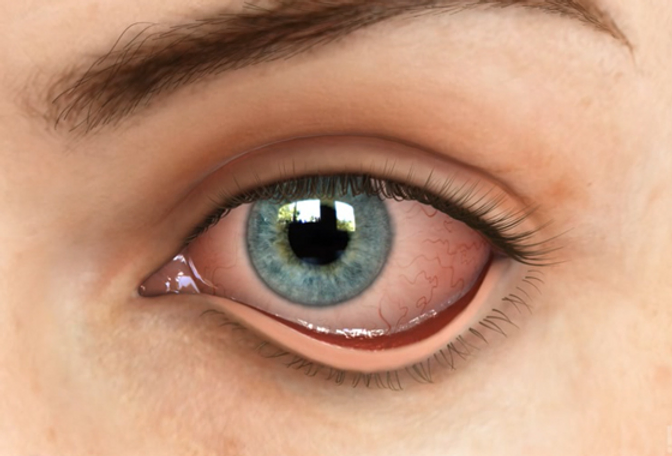
Injury and Facial Fractures
When a traumatic accident occurs, it can affect the eyelid, eyeball and the surrounding bones (fractures) depending on the force of the injury. Correcting such eye injuries needs the accurate placement of stitches to preserve its standard shape and function. Sometimes these accidents can cause facial deformity, poor eye movement, or loss of vision. If the injuries are extensive, a maxilla-facial surgeon may also be one of the trauma team members.
Treatment for the Watering Eye (Dacryology)
Dacryology deals with disorders with continuous watering of the eyes due to damage to the tear glands. It can sometimes even lead to orbital infections. Alternate new pathways are created via the skin or through the nose using special endoscopes to correct this condition.
Orbitofacial Prosthesis: Cosmetic Artificial Eyes
An artificial eye is a prosthesis that fits within the socket behind your eyelids. It looks like a natural eye and is painted to look exactly like a natural eye. Insertion and removal are easy, and cleaning should be done once a month. If the pouch behind the eyelid is shrunken, additional surgery before fitting an artificial eye may be needed.
It takes almost two days to give you the most natural look so that you can walk back into the world with confidence!
Conclusion
Ophthalmic plastic surgery is a critical superspeciality within plastic surgery. The skills of an ophthalmic surgeon and plastic surgery are combined to correct eye deformities, restore functional issues and help patients regain confidence and improve quality of life. For any further queries and information on ophthalmic plastic surgery, contact us at +91 62811 17454 or email us at [email protected].

